
Royal Tomb Discovered in Ancient Gordion: Monumental Find Sheds New Light on King Midas’ Legacy
ANKARA, Türkiye – A groundbreaking archaeological discovery has emerged from the heart of Anatolia. In the ancient city of Gordion, a newly unearthed wooden burial chamber—believed to belong to the Phrygian royal family—has captivated historians and archaeologists worldwide. Announced by Turkey’s Minister of Culture and Tourism, Mehmet Nuri Ersoy, the find is being hailed as one of the most significant since the discovery of the famed Midas Tumulus.
88 Artifacts, Bronze Cauldrons, and a Wooden Tomb: A Royal Burial Reawakens History
The chamber, discovered in Tumulus T26 during a 121-day excavation project led by Professor Süleyman Yücel Şenyurt, contained 88 remarkably preserved metal artifacts, including large bronze cauldrons and iron-nailed wooden fixtures.
“This is the most significant discovery since the Midas Tumulus,” said Minister Ersoy at the site. “We believe the person buried here may be a royal—possibly a close relative of King Gordios or Midas himself.”
A Capital of Legends: Gordion’s Royal Heritage Reaffirmed
Located near the village of Yassıhöyük in Ankara’s Polatlı district, Gordion served as the political and cultural capital of the Phrygian civilization. It was officially inscribed on the UNESCO World Heritage List in 2023 for its uninterrupted habitation since 2500 BC and its unmatched archaeological richness.
📣 Our WhatsApp channel is now LIVE! Stay up-to-date with the latest news and updates, just click here to follow us on WhatsApp and never miss a thing!!
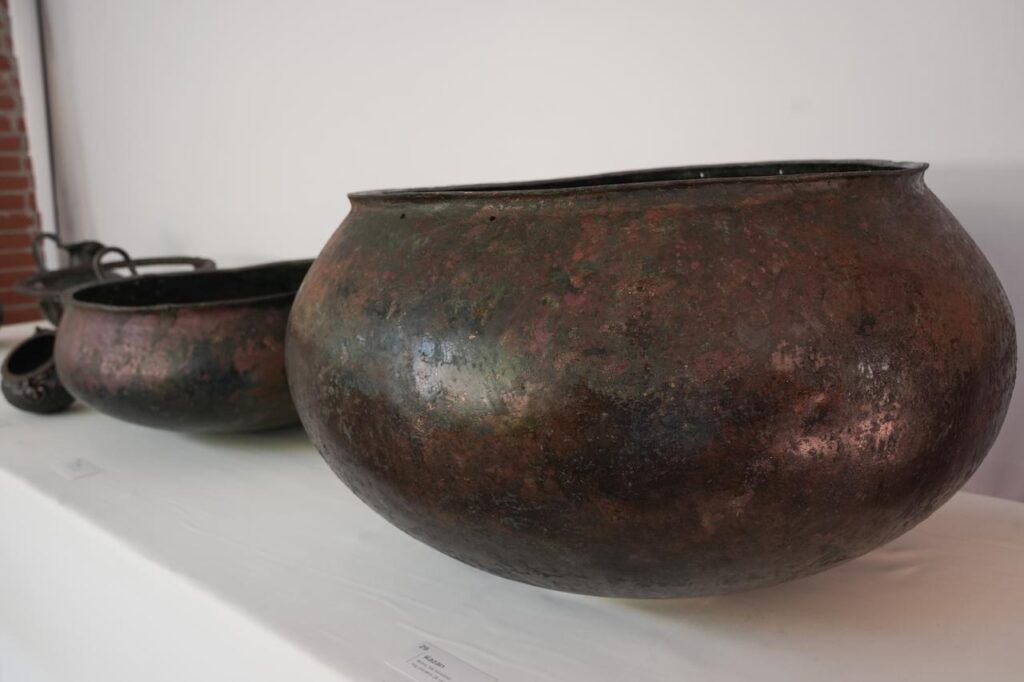
The iconic Midas Mound, thought to have been built by King Midas for his father, still contains one of the world’s only known intact wooden tombs. This latest discovery further establishes Gordion as a city of kings, myths, and timeless influence.
A City to Rival Rome and Athens
Professor Brian Rose of the University of Pennsylvania, who heads the Gordion excavations, describes the city as one of the most important urban centers of the ancient world, comparable to Athens, Babylon, and Rome. Gordion boasted innovations in architecture, carpentry, textiles, and even early mosaics, thanks to its location along vital trade routes.
The Gordian Knot Mystery Deepens
The legendary Gordian Knot, which promised rule over Asia to whoever could untie it, is believed to have been cut by Alexander the Great during his visit to Gordion in 334 BC. Recent excavations suggest that the knot may have been housed in the city’s Mosaic Building, where archaeologists recently discovered a gold-and-ivory sphinx, further amplifying the city’s mythical allure.
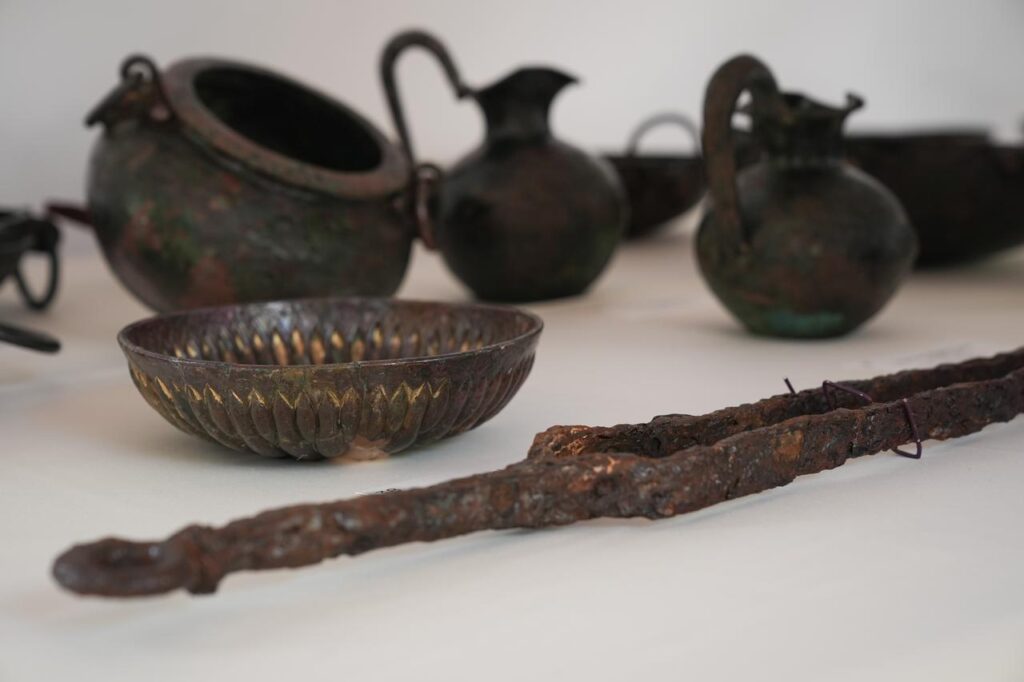
Coming in 2025: The Royal Tomb on Public Display
Plans are underway to exhibit the wooden tomb and its treasures at the Gordion Museum by late 2025. To date, 47 of the artifacts have been restored and were showcased during the Minister’s announcement.
Gordion’da Efsanevi Keşif!
— Mehmet Nuri Ersoy (@MehmetNuriErsoy) June 4, 2025
Gordion Antik Kenti’ndeki kazılarda, Frig kraliyet ailesine ait olduğu değerlendirilen el değmemiş ahşap bir mezar odasını gün yüzüne çıkardık.
T26 tümülüsünde bulunan ve büyük bölümü sağlam durumda olan 88 metal eser, Midas Tümülüsü’nden sonraki en… pic.twitter.com/cxOJPyaOXV
Rewriting History in the Land of Midas
While the legend of the “golden touch” remains symbolic, scholars believe the myth may have stemmed from garments worn by Phrygian elites, which glittered golden under sunlight due to a pigment called goethite.
Today, Gordion continues to astonish the world, revealing secrets from a civilization that once bridged East and West, myth and reality.
Cover Photo: Public domain
You may also like
- A 1700-year-old statue of Pan unearthed during the excavations at Polyeuktos in İstanbul
- The granary was found in the ancient city of Sebaste, founded by the first Roman emperor Augustus
- Donalar Kale Kapı Rock Tomb or Donalar Rock Tomb
- Theater emerges as works continue in ancient city of Perinthos
- Urartian King Argishti’s bronze shield revealed the name of an unknown country
- The religious center of Lycia, the ancient city of Letoon
- Who were the Luwians?
- A new study brings a fresh perspective on the Anatolian origin of the Indo-European languages
- Perhaps the oldest thermal treatment center in the world, which has been in continuous use for 2000 years -Basilica Therma Roman Bath or King’s Daughter-
- The largest synagogue of the ancient world, located in the ancient city of Sardis, is being restored

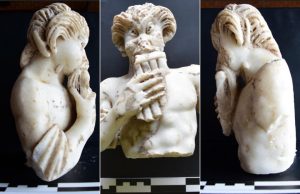
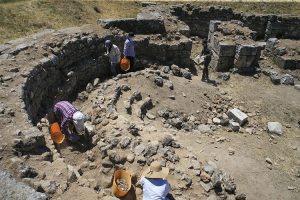
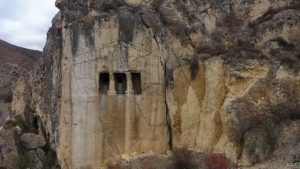
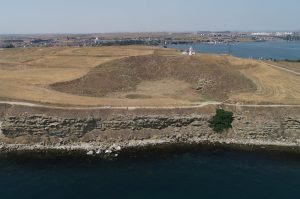
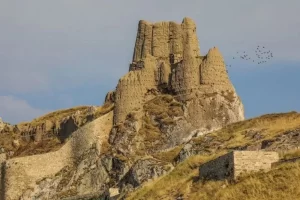
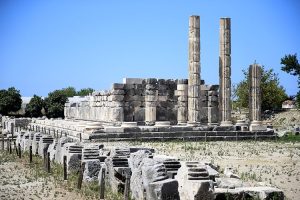


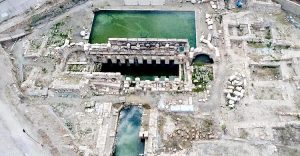
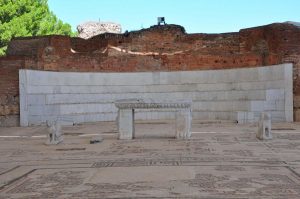
Leave a Reply